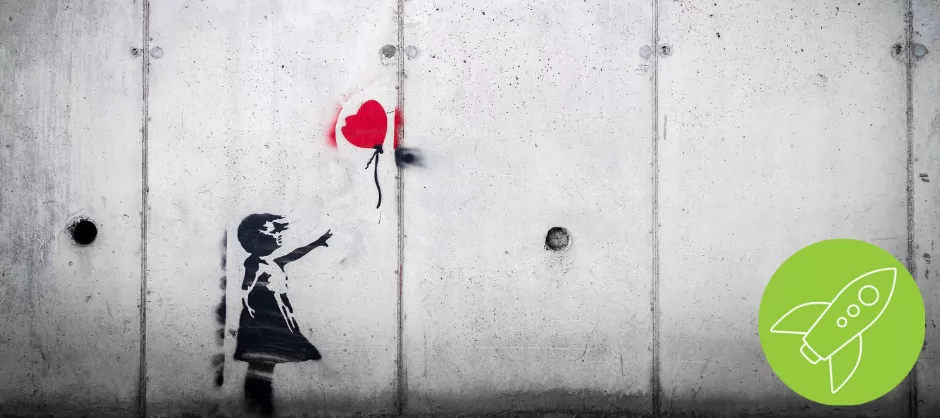
Navigating Small Group Conflict
Conflict is complex and a normal part of life. It can feel scary, but it can actually be a good sign that your small group is becoming safe enough to have tension. Conflict, when addressed and resolved, grows the group closer and healthier. Use these tips to help you lead your small group through conflict.
Reflect and Prepare
To help yourself and others in your small group unravel the complexity, use this Difficult Conversations framework to help you identify the conflict so that you can take the next step forward.
Use the Worksheet (pdf) Use the Worksheet (docx)
Seek Resolution
Once you've named and mapped out the Difficult Conversation, choose a conflict-resolution path to take:
Option 1: Basic conflict-resolution path*
- Cool off. Before solving a problem, each party needs to cool off their emotions. This helps them problem solve more effectively. Ask them to take some time to do that. Taking a walk or journaling the conflict out are two ways to do this.
- Share, listen and check in. Ask the people in conflict to share using “I” statements. Ask the other person to listen and check for understanding by saying, “I think I heard you say you feel…”
- Take responsibility. Ask each party to take responsibility for their part in the conflict.
- Brainstorm solutions. Ask how they can move forward.
- Pick one solution.
- Affirm, forgive or thank. Ask them to affirm the process, forgive where needed, and thank them both for taking this process seriously.
*Adapted from Laura Driscoll, Social Emotional Skills
Option 2: Cultural differences conflict-resolution path
For conflicts because of cultural differences watch the Approaching Differences video together (see Approaching Differences resources), then try the steps below to move towards resolution.
- Suggest that their clashes may be the result of different cultures. Have them prayerfully study the approaching differences diagram, asking Jesus to reveal their posture in relating to this other person.
- If they conclude that they have been “red-lining” they should ask Jesus for help in moving from the red line to the green line.
- Ask them, “What might be the roots of your red-lining attitude toward a person from that other culture? Are there negative experiences you’ve had engaging this culture?” Invite the person to ask Jesus to heal experiences which have contributed to this attitude and help them grow an appreciation for cultural difference.
- Challenge the person to consider what questions they could ask to better understand this culture.
- Invite them to consider somebody who could serve as an interpreter of that culture, someone who knows that culture well but also understands their culture.
- Take responsibility. Ask each party to name their next step and take responsibility to do it.
- Affirm, forgive or thank. Ask them to affirm the process, forgive where needed, and thank them both for taking this process seriously.

This resource has been tested and approved by InterVarsity’s National Strategy & Innovation team for campus ministry. Explore more resources by visiting the Accelerated Small Group Leadership Collection.

